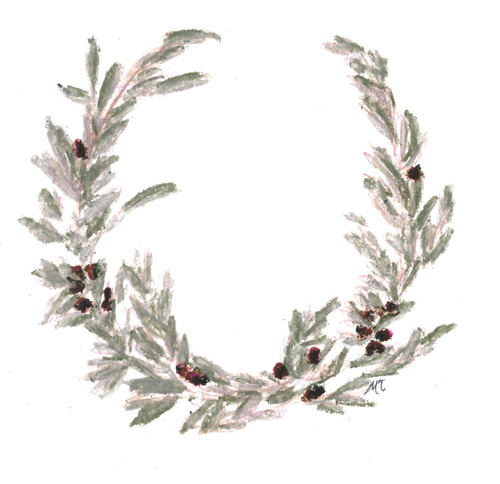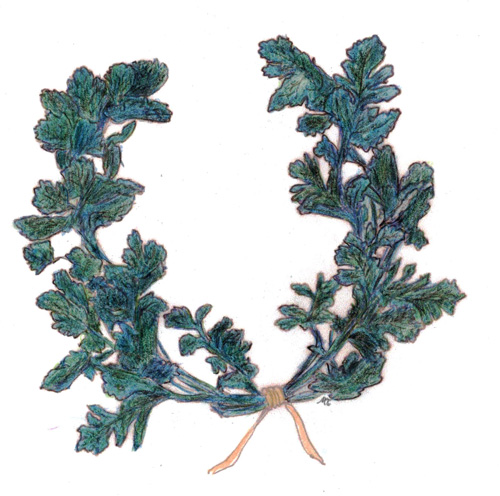
THE TEMPLE
T he ancient Greek temple was not so much a place of worship but it was mostly a dedication of the city to the gods. Its function was restricted to housing and enhancing the cult statue, as well as to displaying diverse and usually precious votive offerings to the god. Worship usually took place in the open air, in front of the temple, where the space was specially arranged and dominated by the altar. In this open space in front of the temple there stood, in addition to the altar, various ex-votos of the faithful, mainly statues and votive stelai. The façade of Greek temples normally faces east. Some temples accommodated special uses, such as oracles while others hosted mystery rites and were known as telesteria.
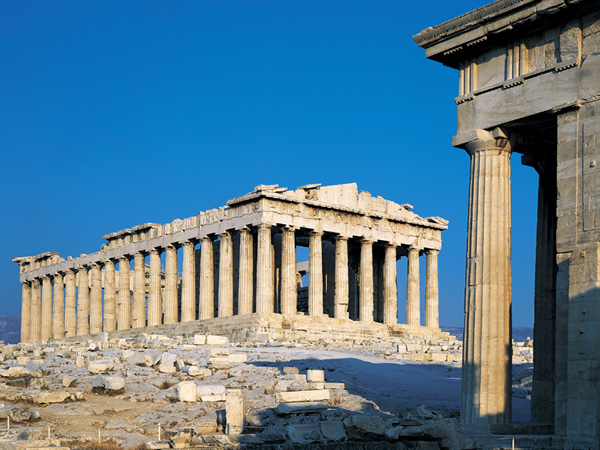
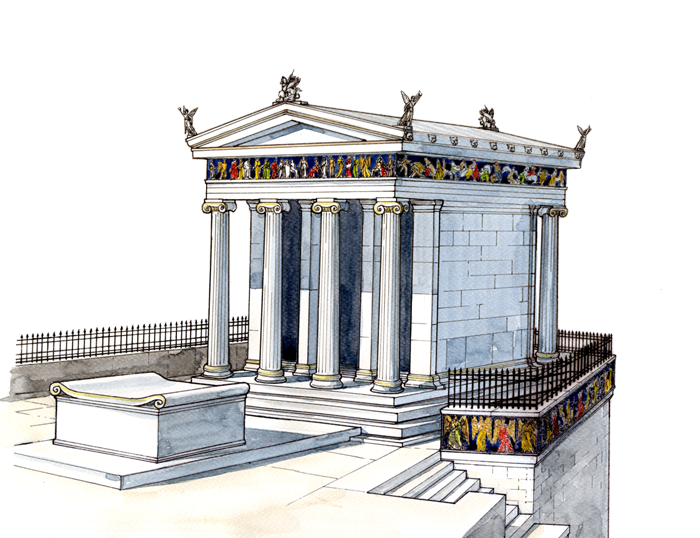
THE ALTAR
T he altar was usually built in front of the temple's entrance so that the god (that is his statue), standing inside the cella, could see it. The sacrifice was the most important aspect of worship and for this reason the centre of the sanctuary was the altar. Sacrifices could be either bloodless offerings of fruits, flowers, honey, wine, milk, oil or blood sacrifices with the slaughtering of animals, such as rams, oxen, pigs according to the financial status of the devotees and the nature of the god. The inedible parts were burnt upon the altar and the rest was divided among the congregation. In return, the faithful asked for help, protection, a good harvest or purification of evil acts.
THE STATUE
T he earliest cult objects were shapeless stones or some piece of wood thought to have fallen from the sky. Later on, the cult centred on primitive xoana (wooden statues) to which dresses or jewelry could be offered. The first stone statues themselves were offerings to make the gods feel happy (agalmata). They gradually replaced the xoana as objects of worship. The columns, in the interior of the temple, which aligned in two rows supported the roof, formed a monumental frame that enhanced the cult statue. In Archaic, as well as in some late-Hellenistic and Roman temples, there was an adyton at the far end of the cella.
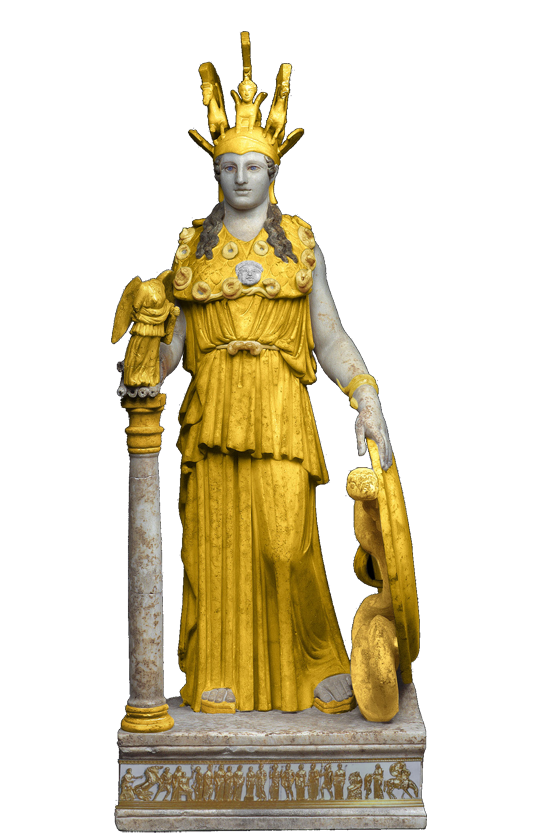
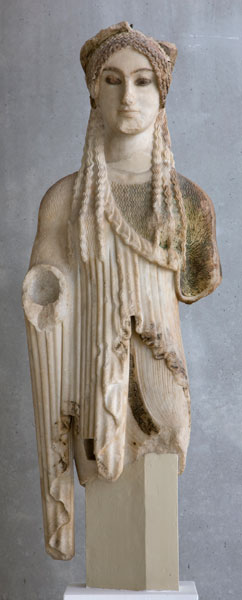
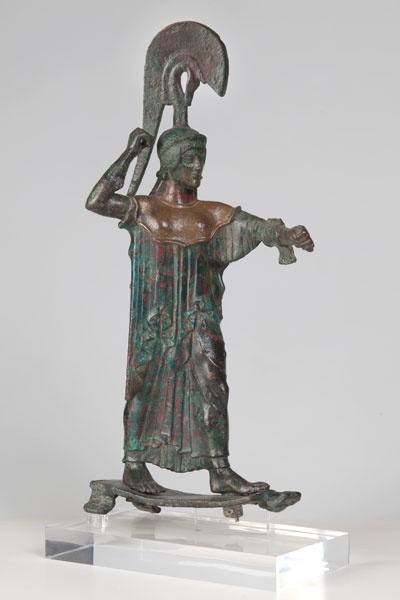
OFFERINGS AND EX-VOTOS
I n the open space in front of the temple there stood, in addition to the altar, various ex-votos, mainly statues and votive stelai, dedications of the faithful. These dedications were offered by the ancient people either to secure the goodwill of the gods or to show them their gratitude for the successful outcome of a work or a military, athletic or artistic endeavour. The type, size and material of the dedications were determined by the dedicant’s financial status. Special buildings intended for the protection of offerings made from precious and vulnerable materials were called Treasuries (thesauroi).
FESTIVALS AND ATHLETIC CONTESTS
T emples as places of worship were associated with the celebration of religious festivals and events. These festivals were often accompanied by athletic contests. The most famous cult festivals of panhellenic character, such as the Olympia, the Pythia, the Nemea and the Isthmia, overpassed the limits of simple religious worship and became the most important social events of the ancient world. Prizes in these games were wreaths of olive, laurel, pine and wild celery respectively. Of course there were also local athletic events in every city with money and valuable gifts as a prize.
